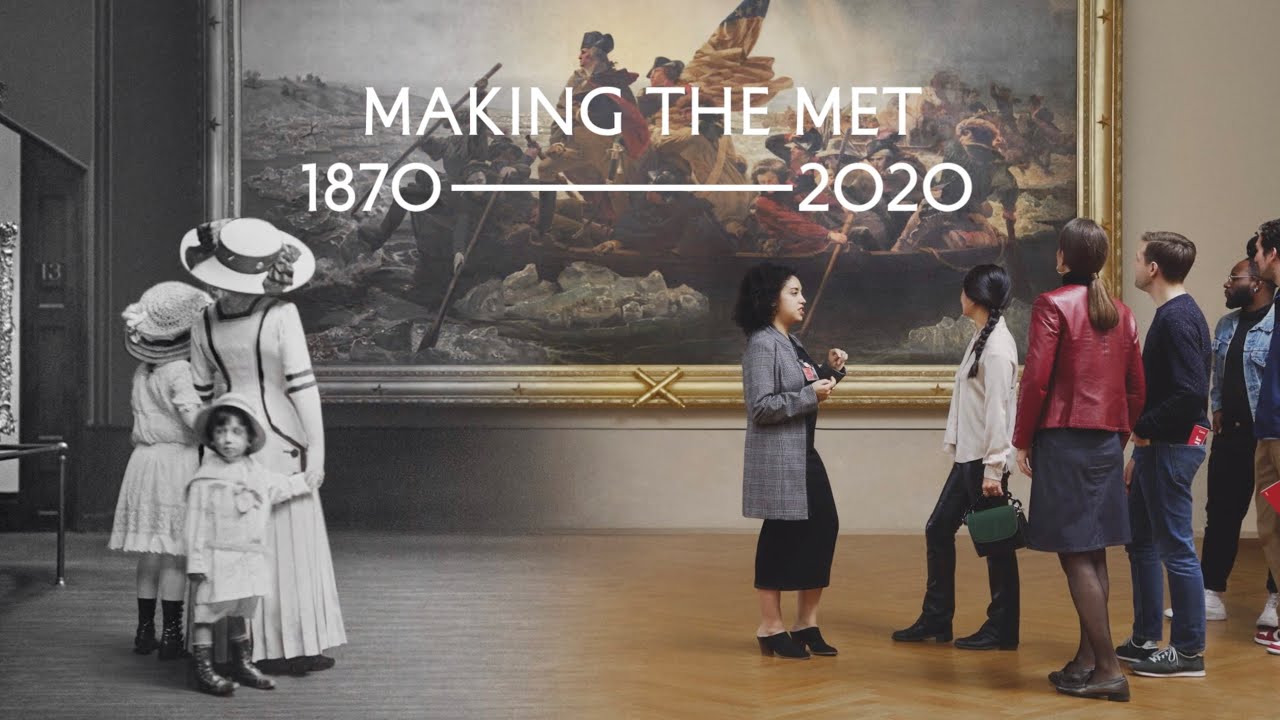Whether it features latex, leather, and other alt. couture, as the new World of WearableArt Up Close exhibition at the Museum of New Zealand Te Papa Tongarewa does or some fine art a few centuries old, the last year has proved problematic to museum attendance across the globe. Virtual gallery openings and fashion shows, Zoom tutorials, completely digital exhibitions do indeed draw viewers, buyers, and bloggers. But until we can stand side by side admiring a piece of art or join friends and fellow fashionistas for an evening event happening where we can dress (and show off), questions will be raised about the viability and survivability of museums, art spaces, and even runway shows.
These questions are certainly plaguing NYC’s venerable art institution, The Metropolitan Museum of Art. In a recent interview in the New York Times, the MET’s director, Max Hollein, postulates the possibility of the museum selling some of its pieces to fund its continued operation. Currently, the MET suffers from a one-hundred-and-fifty-million-dollar deficit. But with a newly changed guideline from the Association of Art Museum Directors, because of the pandemic, for the next two years, museums can “use the proceeds from deaccessioned art to pay for expenses associated with the direct care of collections.”
Before, they could only use this money to fund other works.
Another New York institution, the Brooklyn Museum, raised $31 million to care for its current artwork by “deaccessioning” or auctioning some of its other pieces last fall. Whether this deaccessioning will act as a salve on the open wound of low attendance (or no attendance) due to social distancing rules or something institutions like the MET become all too dependent on, no one knows.
But if a revered institution like MET makes this practice their ‘new normal,’ other museums could very easily follow.
